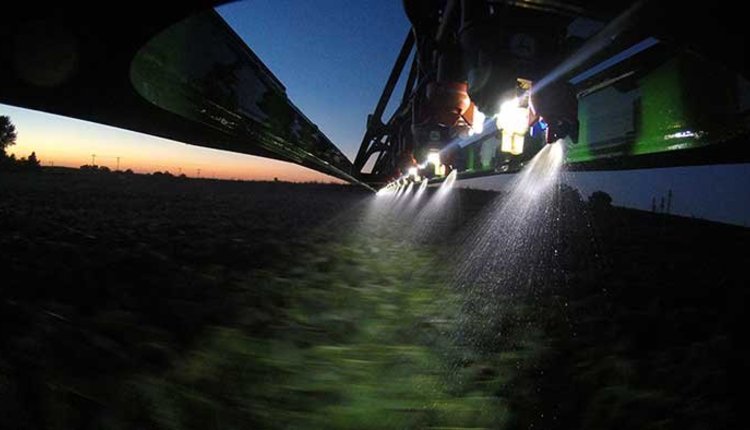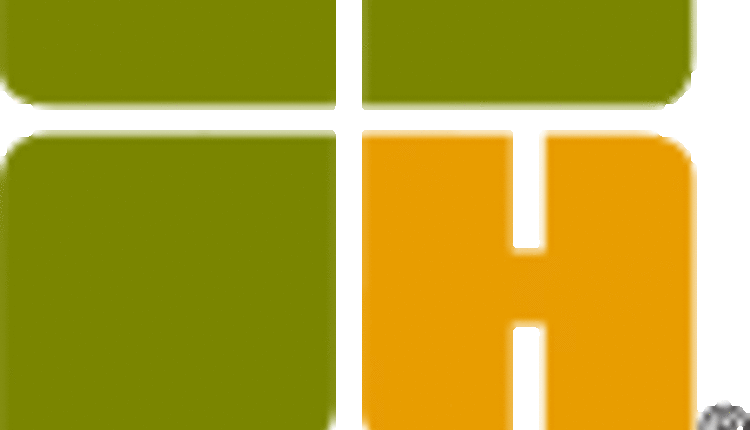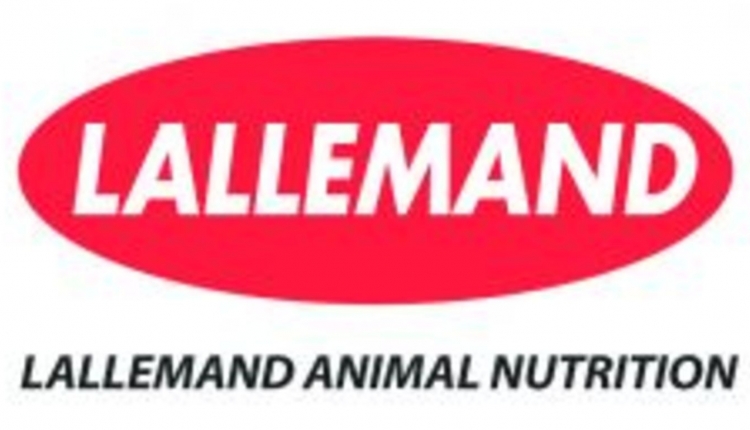The author is a dairy and livestock agent with UW-Extension in Fond du Lac and Sheboygan Counties.
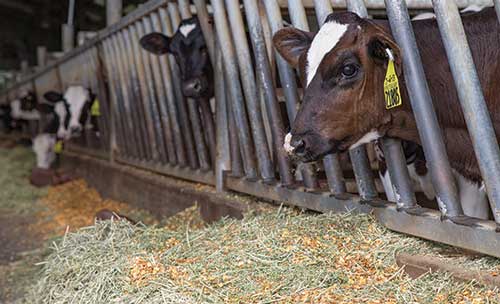
Today's successful dairy operators recognize that heifers are an important investment in the future. The cost of raising dairy replacements represents 15 to 20 percent of the total cost of milk production.
In 1998, UW-Extension Dairy Team members surveyed Wisconsin operations to determine the costs associated with raising calves and heifers and to benchmark labor efficiencies. Due to inflation and changing economic dynamics, county-based extension educators conducted a similar field survey in 2007 and again in 2013.
In this article, we will summarize the 2013 results for heifers, from the time she was moved to group housing until she freshened, or in the case of the custom grower, returned to the dairy producer. Expenditures were broken into four categories: feed, labor and management, variable and fixed costs. Of the 32 operations surveyed that raised heifers, 12 were tie stall herds, 13 were freestall herds and 7 were custom growers.
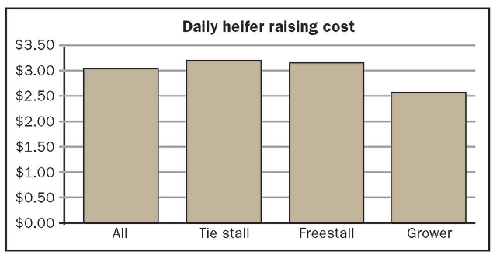
Custom growers spent less
Of these farms, the average cost to raise a heifer was determined to be $1,863 over 612 feeding days or $3.04 per day. Total heifer costs ranged from as low as $770 to as high as $3,806.
When comparing by operation type, the cost to raise a heifer was similar between tie stall and freestall operators averaging $1,956 per heifer ($3.20 per day) and $1,963 ($3.15 per day), respectively. The custom grower costs were $440 less, averaging $1,519 per heifer ($2.57 per day).
At first glance, custom growers would appear to be more profitable on a per-day basis. However, several factors need to be taken into consideration. The custom grower, on average, fed heifers 23 days less so we were not able to capture costs associated with the heifer once returned to the producer. Also, animals raised by custom growers freshened at 22.1 months compared to 23.5 and 23.8 months for tie stall and freestall operators, respectively. Again, this shortened the days on feed. Finally, labor efficiency was nearly 45 percent higher than tie stall operators (55.5 heifers per hour versus 30.6 heifers per hour).
The average number of days a heifer was in group housing was 612 days. Tie stall and freestall operators fed heifers in group housing for 612 days and 621 days, respectively. Custom growers managed the heifer for 593 days before returning her to the dairy producer.
Feed costs top the list
Not surprisingly, feed was the largest expense, contributing over one-half of the cost to raise a heifer. Feed averaged $1,046 per heifer or $1.71 per day. Tie stall operator could feed a heifer for $1,020 ($1.66 per day), while freestall operators had a slightly higher cost of $1,139 ($1.83 per day). Custom growers fed heifers for even less days, resulting in an average feed cost of $917 per heifer or $1.71 per day.
Labor and management (paid and unpaid) contributed over 16 percent to the total costs to raise a heifer, $333 or 54 cents per day. Due to variation from farm to farm when it comes to wages, $13 per hour for labor and $22 per hour for management was used in labor and management calculations for all operations.
Labor and management costs were highest for the tie stall operators at $404 per heifer (66 cents per day), followed by freestall operators at $322 per heifer (52 cents per day). Custom growers had the lowest costs at $230 per heifer (39 cents per day). Labor efficiency was very similar between freestall operators and custom growers who could manage 57 and 55 heifers per hour, respectively. Tie stall operators could manage 30 heifers per hour.
Variable costs included bedding, veterinary, breeding, electricity and fuel, interest (set at 4.5 percent for all farms) and death loss. They accounted for 17 percent of total heifer expenses. This averaged $274 per heifer or 74 cents per day.
Fixed costs contributed 11 percent to heifer rearing. Fixed costs averaged $209 per heifer or 35 cents per day across all operations. The three operation types had similar housing costs, averaging $149 per heifer or 25 cents per day. Equipment costs were much higher for tie stall operators ($76.80 per heifer) as compared to freestall operators ($22.96 per heifer) and custom growers ($13.39 per heifer).

Refine the feeding program
Accounting for 57 percent of total costs, feed is the most likely area where costs can be refined. Some areas to consider are:

This is the second in the series. Click to read the previous articles.
First issue: Calf care takes time and money
Third issue: Comparing 1999, 2007 and 2013
Click here to return to the Calf & Heifer E-Sources
140325_198

Today's successful dairy operators recognize that heifers are an important investment in the future. The cost of raising dairy replacements represents 15 to 20 percent of the total cost of milk production.
In 1998, UW-Extension Dairy Team members surveyed Wisconsin operations to determine the costs associated with raising calves and heifers and to benchmark labor efficiencies. Due to inflation and changing economic dynamics, county-based extension educators conducted a similar field survey in 2007 and again in 2013.
In this article, we will summarize the 2013 results for heifers, from the time she was moved to group housing until she freshened, or in the case of the custom grower, returned to the dairy producer. Expenditures were broken into four categories: feed, labor and management, variable and fixed costs. Of the 32 operations surveyed that raised heifers, 12 were tie stall herds, 13 were freestall herds and 7 were custom growers.

Custom growers spent less
Of these farms, the average cost to raise a heifer was determined to be $1,863 over 612 feeding days or $3.04 per day. Total heifer costs ranged from as low as $770 to as high as $3,806.
When comparing by operation type, the cost to raise a heifer was similar between tie stall and freestall operators averaging $1,956 per heifer ($3.20 per day) and $1,963 ($3.15 per day), respectively. The custom grower costs were $440 less, averaging $1,519 per heifer ($2.57 per day).
At first glance, custom growers would appear to be more profitable on a per-day basis. However, several factors need to be taken into consideration. The custom grower, on average, fed heifers 23 days less so we were not able to capture costs associated with the heifer once returned to the producer. Also, animals raised by custom growers freshened at 22.1 months compared to 23.5 and 23.8 months for tie stall and freestall operators, respectively. Again, this shortened the days on feed. Finally, labor efficiency was nearly 45 percent higher than tie stall operators (55.5 heifers per hour versus 30.6 heifers per hour).
The average number of days a heifer was in group housing was 612 days. Tie stall and freestall operators fed heifers in group housing for 612 days and 621 days, respectively. Custom growers managed the heifer for 593 days before returning her to the dairy producer.
Feed costs top the list
Not surprisingly, feed was the largest expense, contributing over one-half of the cost to raise a heifer. Feed averaged $1,046 per heifer or $1.71 per day. Tie stall operator could feed a heifer for $1,020 ($1.66 per day), while freestall operators had a slightly higher cost of $1,139 ($1.83 per day). Custom growers fed heifers for even less days, resulting in an average feed cost of $917 per heifer or $1.71 per day.
Labor and management (paid and unpaid) contributed over 16 percent to the total costs to raise a heifer, $333 or 54 cents per day. Due to variation from farm to farm when it comes to wages, $13 per hour for labor and $22 per hour for management was used in labor and management calculations for all operations.
Labor and management costs were highest for the tie stall operators at $404 per heifer (66 cents per day), followed by freestall operators at $322 per heifer (52 cents per day). Custom growers had the lowest costs at $230 per heifer (39 cents per day). Labor efficiency was very similar between freestall operators and custom growers who could manage 57 and 55 heifers per hour, respectively. Tie stall operators could manage 30 heifers per hour.
Variable costs included bedding, veterinary, breeding, electricity and fuel, interest (set at 4.5 percent for all farms) and death loss. They accounted for 17 percent of total heifer expenses. This averaged $274 per heifer or 74 cents per day.
Fixed costs contributed 11 percent to heifer rearing. Fixed costs averaged $209 per heifer or 35 cents per day across all operations. The three operation types had similar housing costs, averaging $149 per heifer or 25 cents per day. Equipment costs were much higher for tie stall operators ($76.80 per heifer) as compared to freestall operators ($22.96 per heifer) and custom growers ($13.39 per heifer).

Refine the feeding program
Accounting for 57 percent of total costs, feed is the most likely area where costs can be refined. Some areas to consider are:
- Develop a ration based on nutrient needs.
- Avoid overfeeding minerals, vitamins and protein.
- Consider feeding ionophores to enhance feed efficiency.
- Utilize efficient bunk feeding techniques.
- Control forage costs.
- Test forages being fed.
- For some operations, intensive rotational grazing may reduce feed costs.
- Feed high-quality and palatable concentrates to younger heifers.
- Monitor size, age and weight variation.
- Keep weight gains steady.
- Adjust rations to changing environments without overconditioning.

This is the second in the series. Click to read the previous articles.
First issue: Calf care takes time and money
Third issue: Comparing 1999, 2007 and 2013
140325_198
